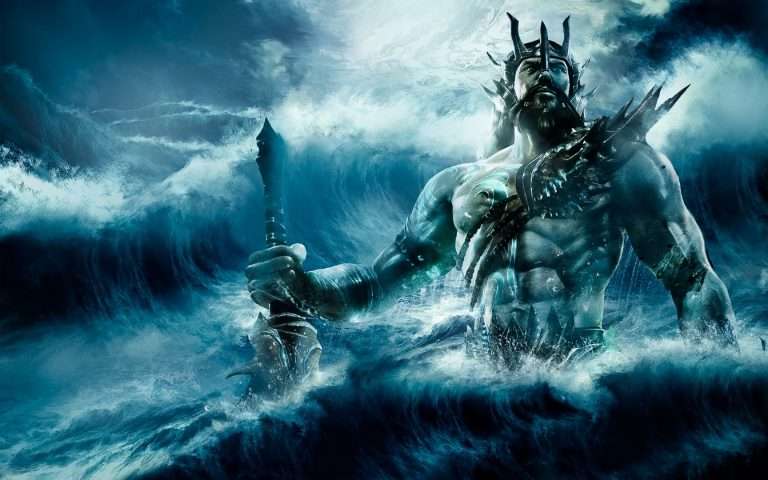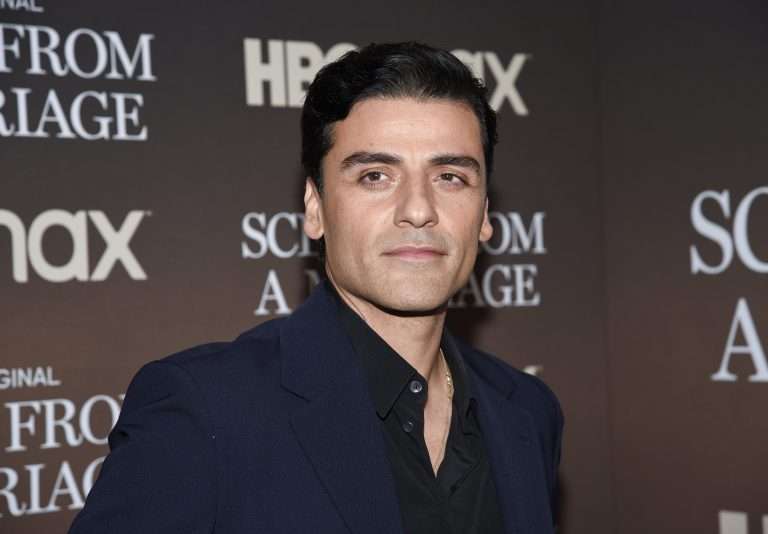Even though we want to be safe, we humans enjoy taking certain risks and feeling the adrenaline course through our veins. While some enjoy the rush of raising the stakes at a casino or online USA Friendly Poker Sites, others prefer to dive into the depths of the ocean and swim with the sharks. Unlike these activities that carry a certain risk, horror movies give people the opportunity to get their heart pumping fast while being in the safety of their own home.
The primary appeal of horror movies for diehard fans stems from the fact that you get to fear for your life while being completely safe. Carnival rides also present you with a similar experience, but those who have watched the Final Destination series know better.
The kind of horror that was appreciated fifty years ago is no longer what we popularly see in movies today. Though the black and white classics has influenced many of the movies released in the present age, mass perception of an ideal horror movie has changed considerably. Let us look at what has changed in the world of horror films.
Horror movies then
In the beginning, movie makers made use of literary classics to create horror masterpieces. Many of the well-known names from the early 20th century include Frankenstein and Dr Jekyll and Mr Hyde, both based on gothic literature still appreciated today. The 1922 German silent movie Nosferatu helped introduce vampires as a staple in the horror movie genre. Today people adore vampires more than they fear them, and this can be credited to the numerous romantic fantasies that depict the love between vampires and humans.
The Germans were very skilled with their silent horror movie production as evident in another film that came out in the 1920s, The Cabinet of Dr Caligari. The film does not feature a well-known monster as the antagonist, but it makes use of striking visual elements to convey the feelings of menace and anxiety alongside the diabolical main characters. The surprise ending also gives viewers the feeling that everything they see cannot be believed, a technique used in many modern movies.
Coming to the 60s, 70s, and 80s, a new genre known as slasher movies took centre stage. This was also the time when America’s most notorious serial killers were making headlines. The movies reflected the fear felt by people in real life. These slasher movies often had a bunch of teenagers based on narrow stereotypes, murdered one by one by a maniacal killer. Several films in this genre such as A Nightmare on Elm Street and Halloween have achieved the status of horror classics and have had many spin-offs.
The horror movies produced until a couple of decades ago seemed to follow a specific script that has become an object of ridicule in many horror comedies and satires. The group of teenagers often contained distinctive personalities such as the loud, narcissistic boy, the promiscuous girl, the characters no one cares about and of course the most famous “final girl”. The final girls are usually depicted as conservative, timid and dark-haired. She continues to be chased throughout the movie and watches as her friends get murdered one by one. Of course, she is often the lone survivor who manages to defeat the villain.
Horror movies now
The love for slasher movies continues to this day since they are pretty straightforward but carry enough jump scares that will have you yelling in surprise occasionally. But the directors today have decided to experiment with what they can do for the audience while creating a horror movie. Ari Aster, Jordan Peele, James Wan and Darren Aronofsky are some of the most well-known names when it comes to directors in the horror movie industry in the 21st century.
Jordan Peele’s Get Out, that came out in 2017 did something horror movies generally stay away from. It introduced the topic of racial alienation through mind-boggling scenarios and an unbelievable plotline. The cast list of horror movies usually tends to be too unvaried, and the filmmakers today are taking the right steps to make horror movies much more inclusive.
Ari Aster’s Midsommar and Hereditary are both movies that left audiences with an inexplicable feeling mixed with fear, confusion and anxiety. In Midsommar, the location is sunny, beautiful and filled with flowers, but this setting does not prevent numerous horrors from unfolding every few minutes.
The 2017 film Mother by Darren Aronofsky can confuse you and make you empathise immensely with the protagonist. The movie that starts out slow gains tempo and culminates in a massive event that seems to make no sense to the viewer.
Summing up
Today, horror filmmakers are more inclined to make movies that unsettle the audience than ones that generate raw fear and disgust in them. They have also discovered the genre as a platform to talk about issues such as grief while presenting the emotion in a way that most are unfamiliar with. Today, human antagonists are considered to generate more fear than traditional monsters like vampires, werewolves and zombies.






